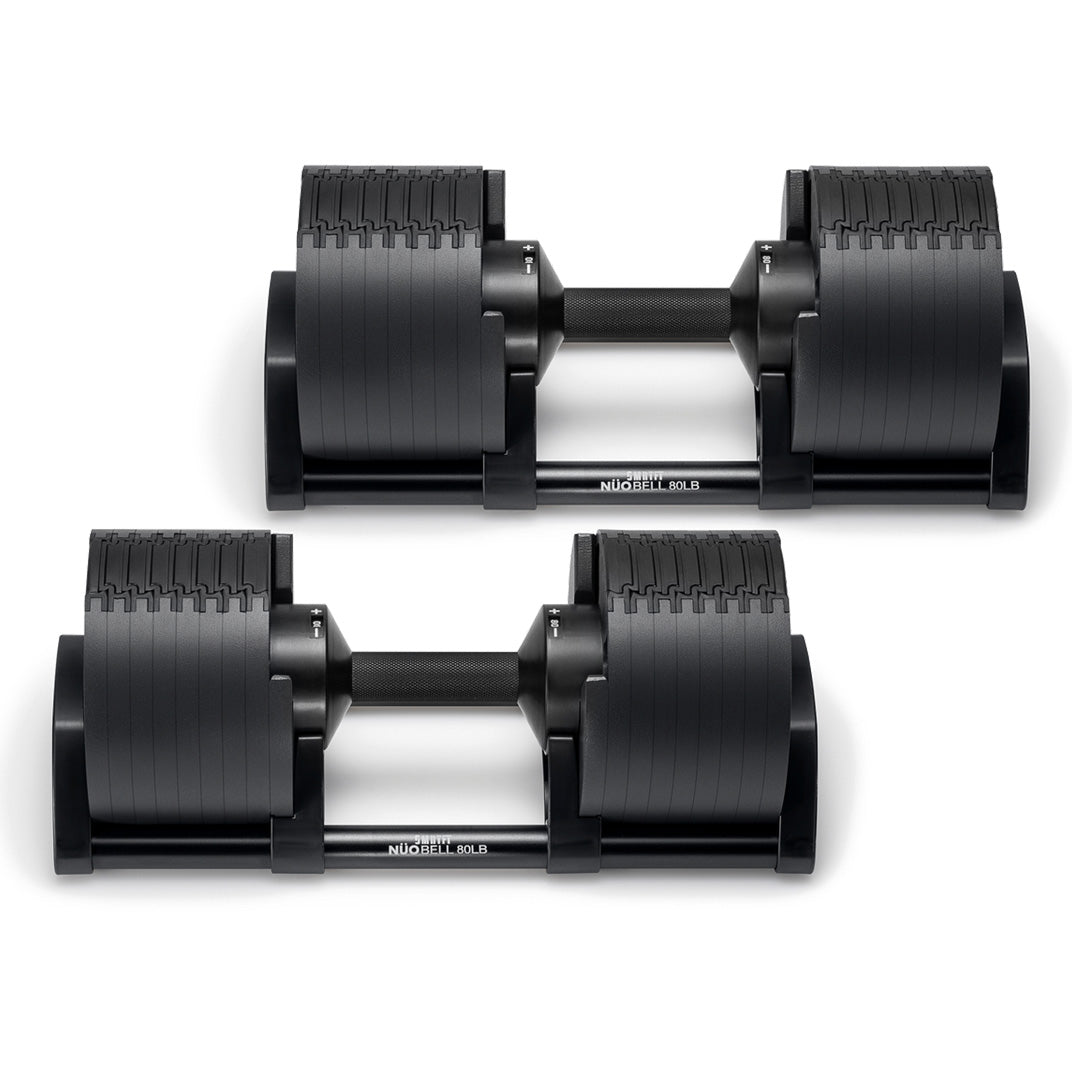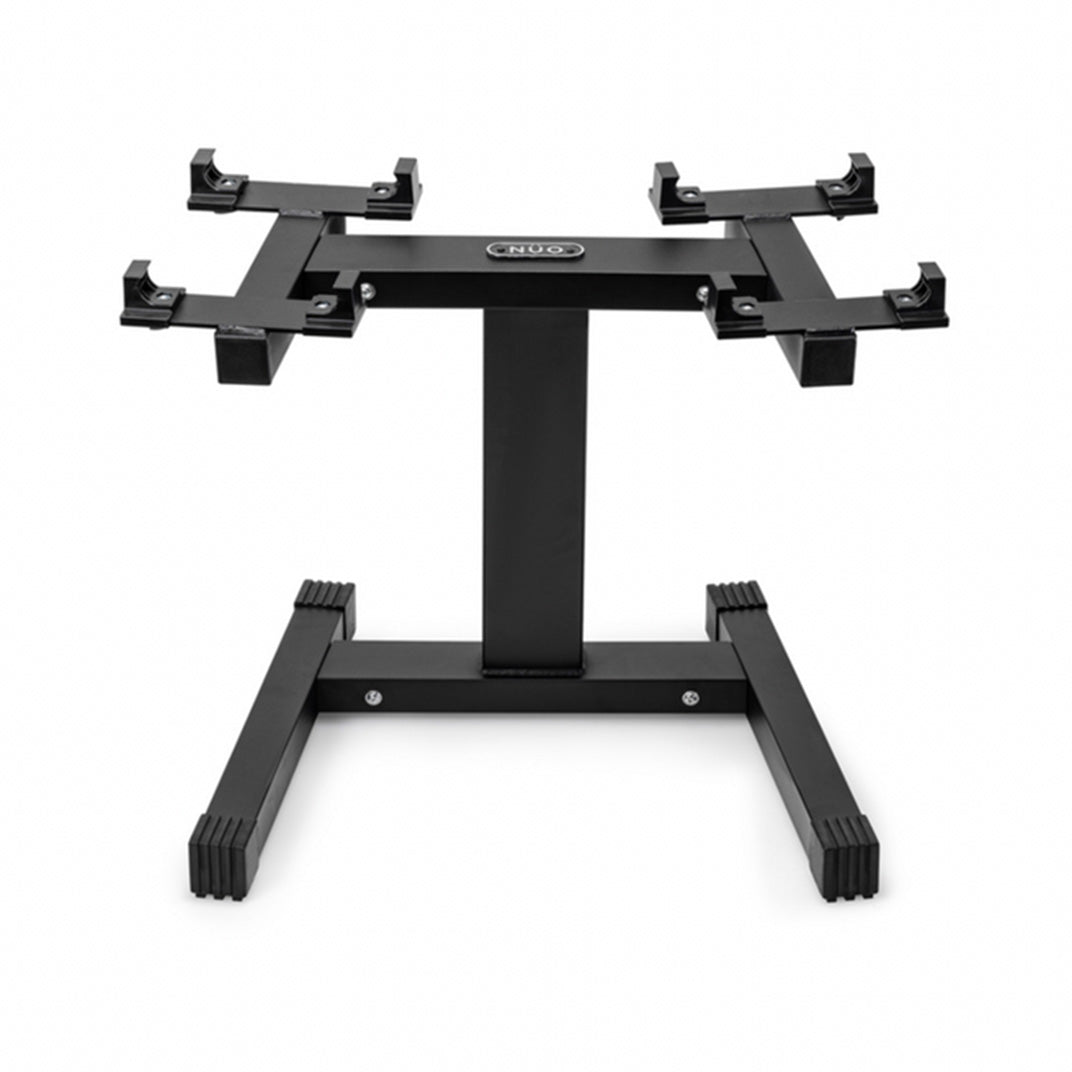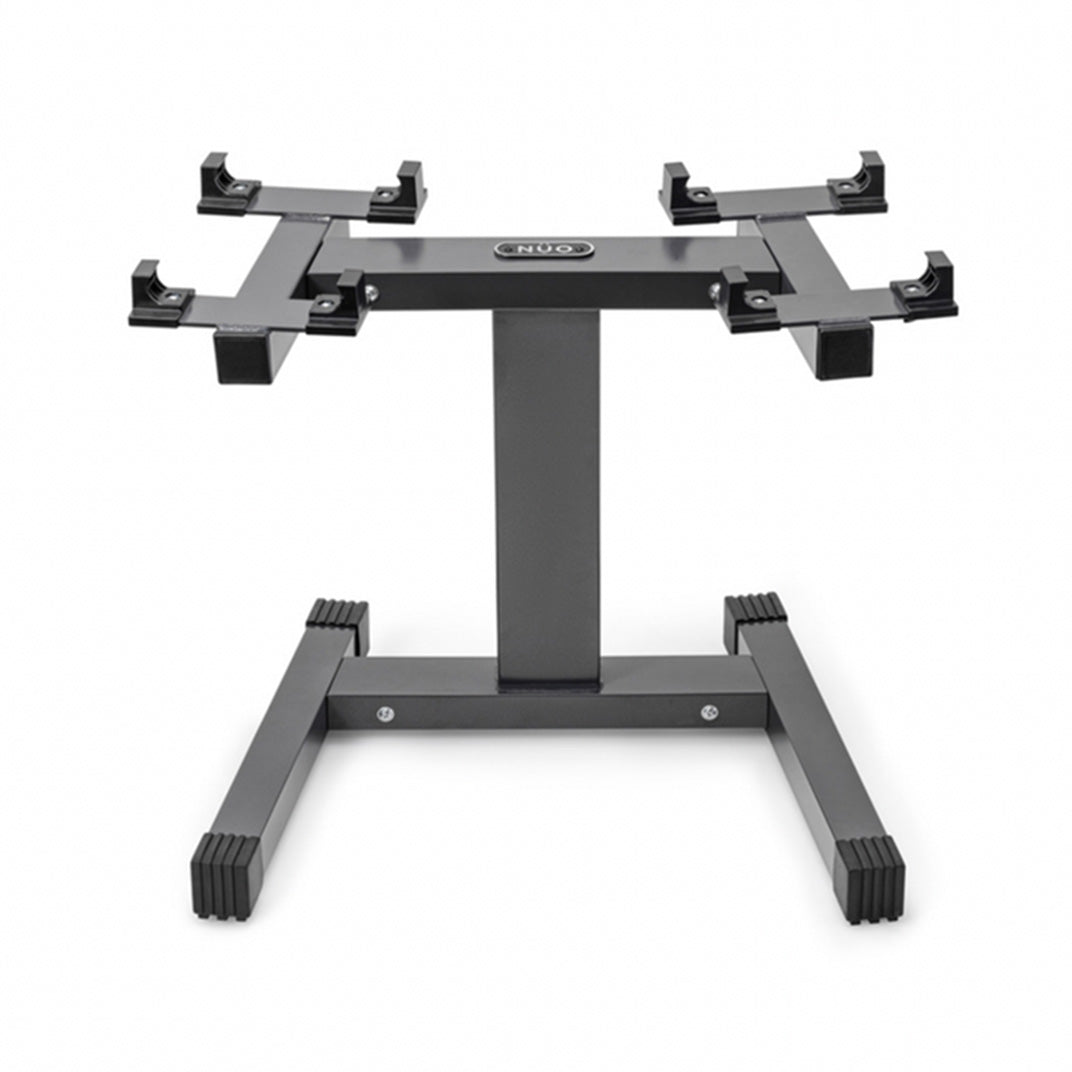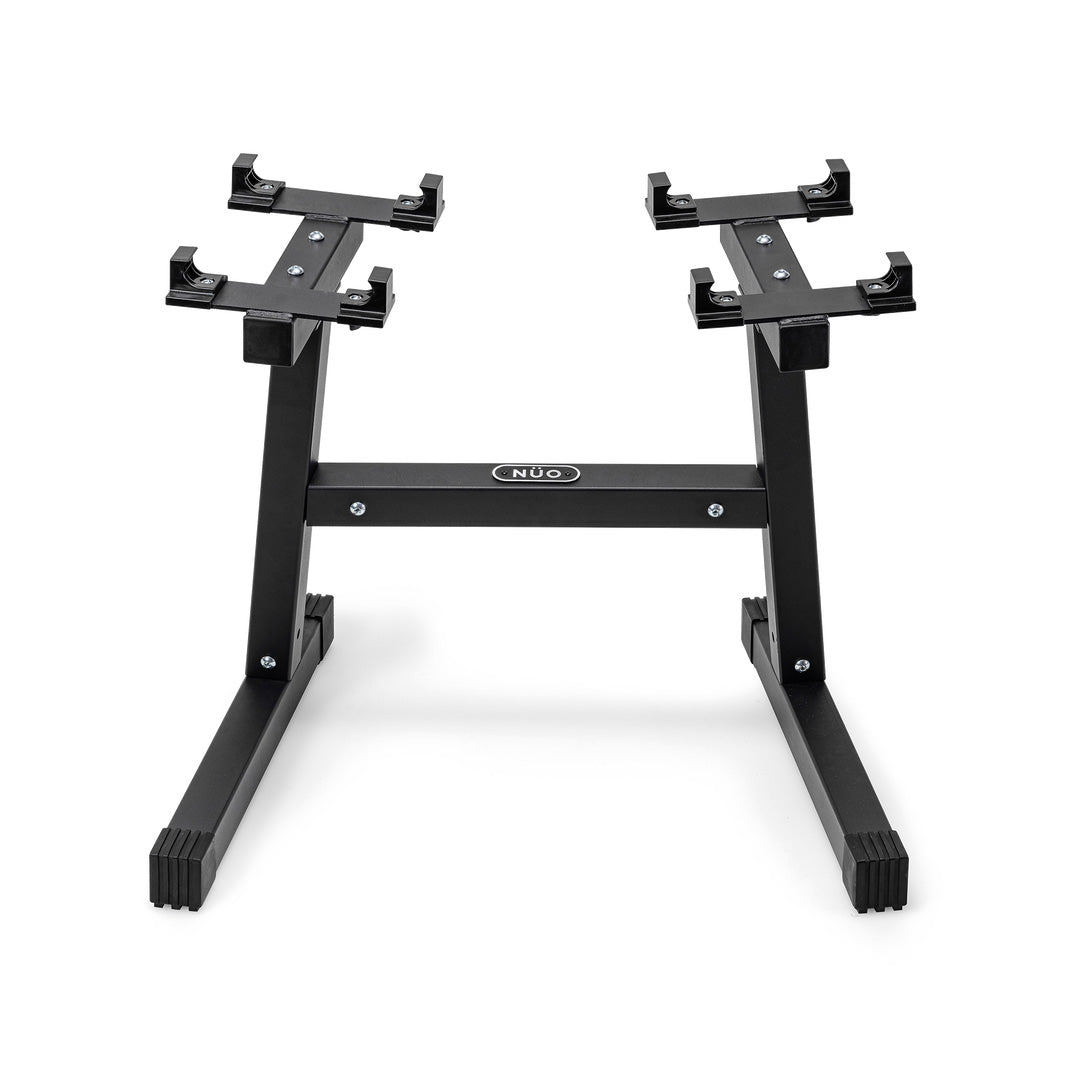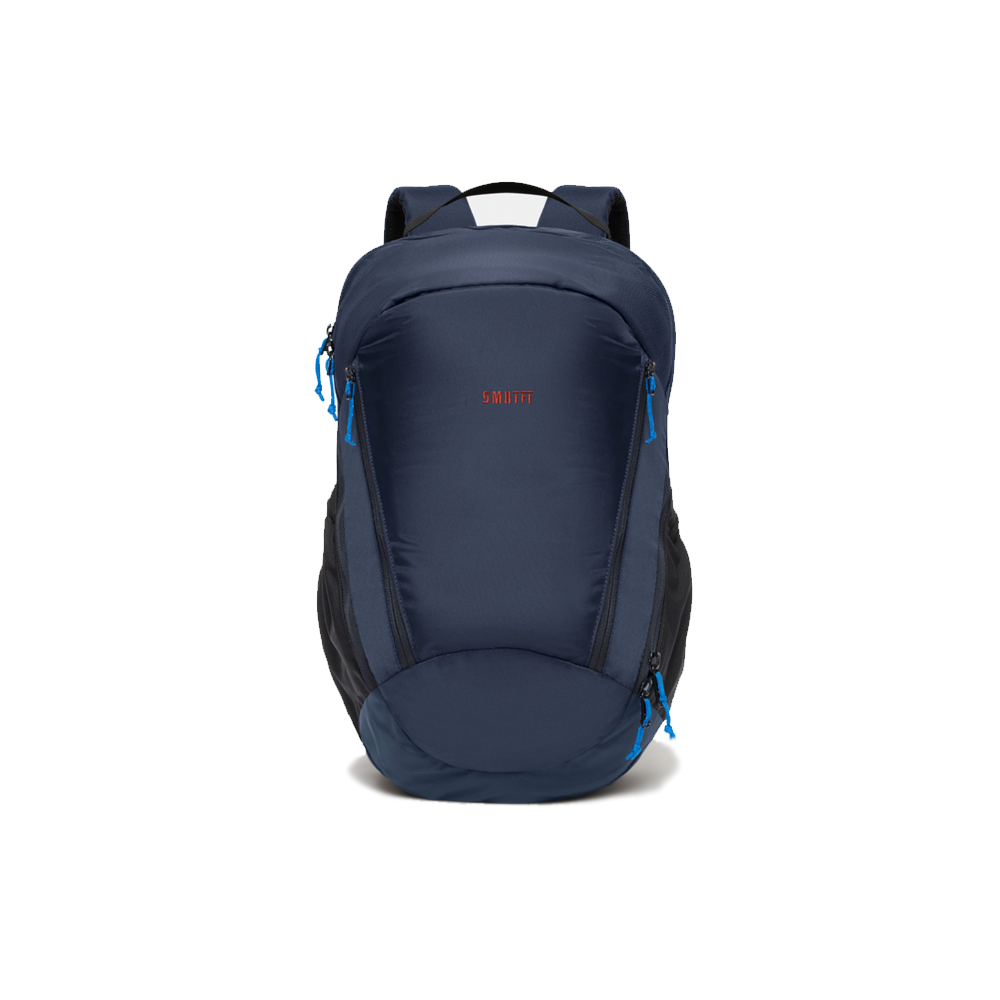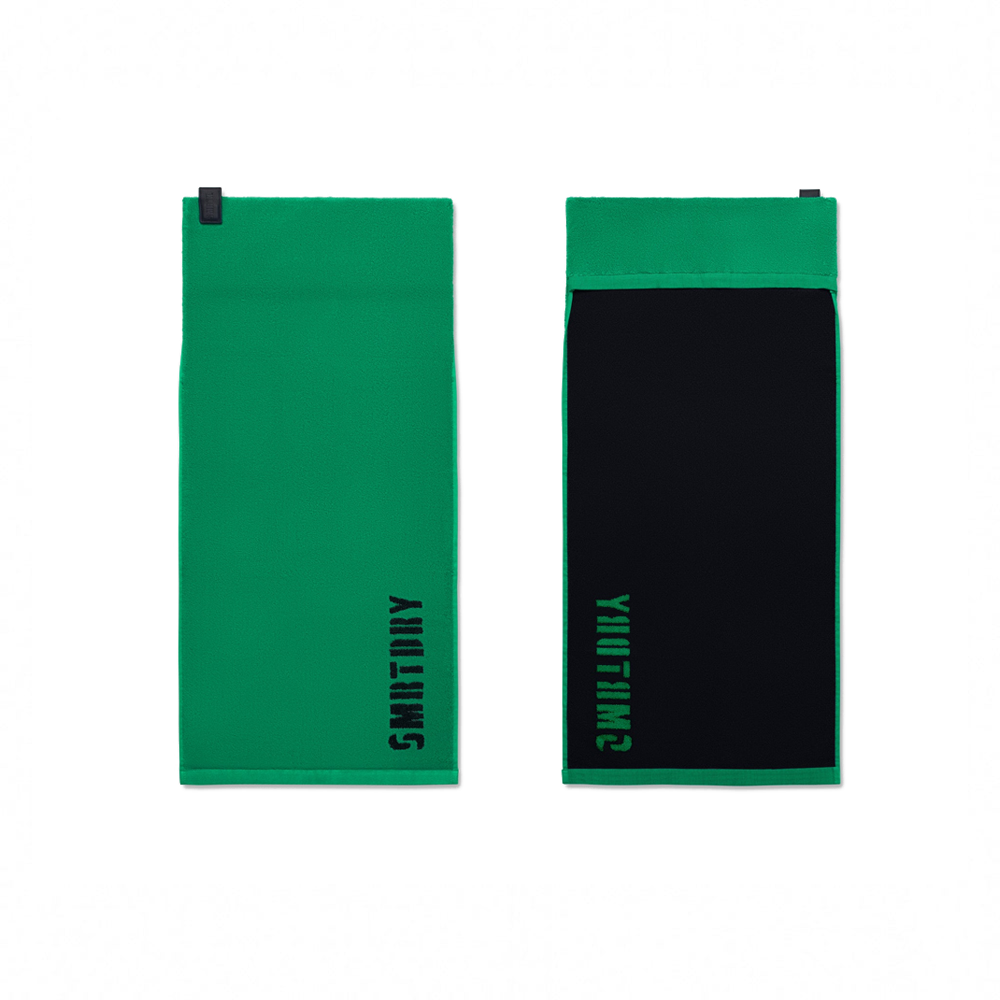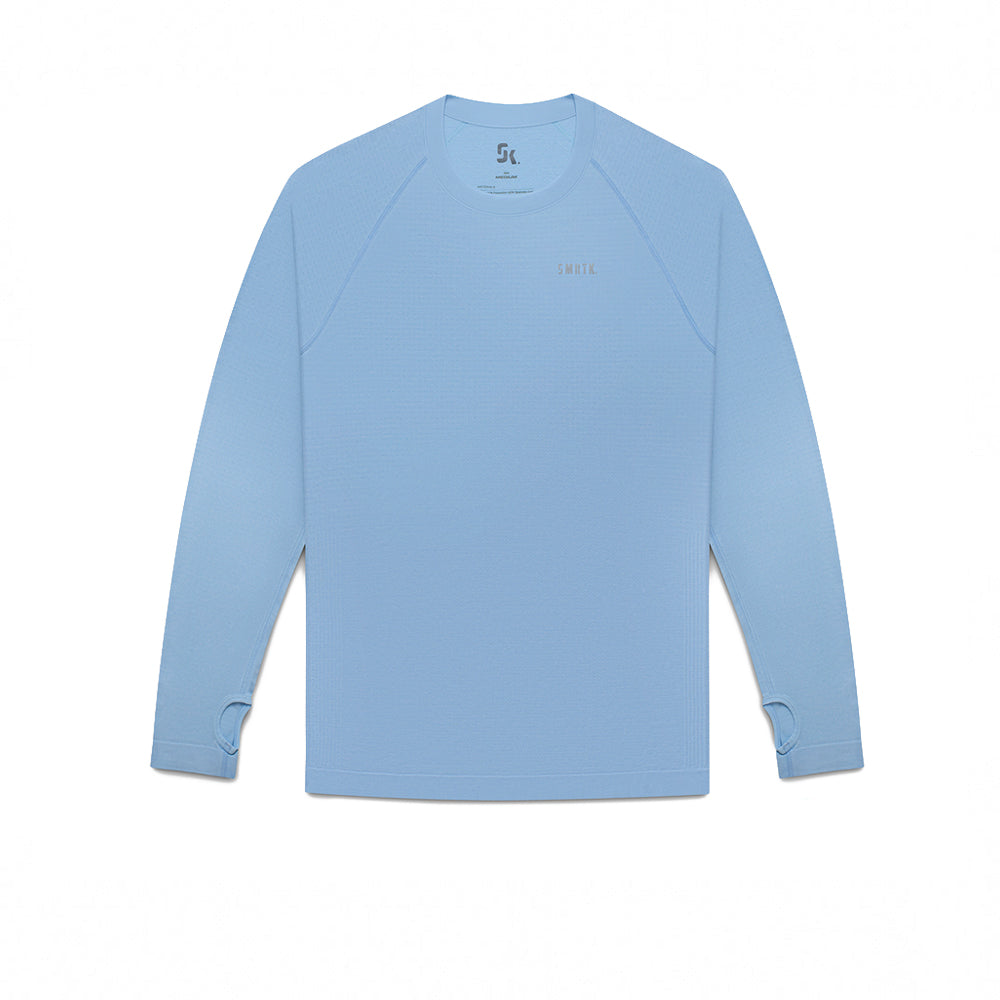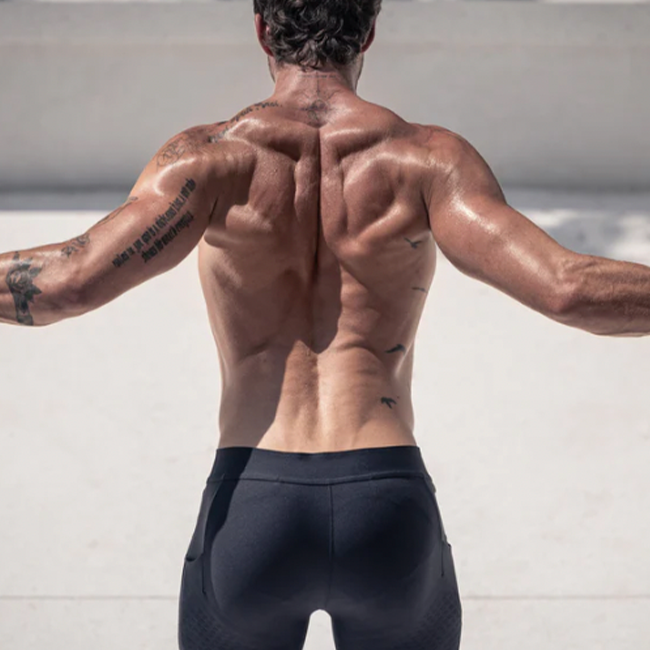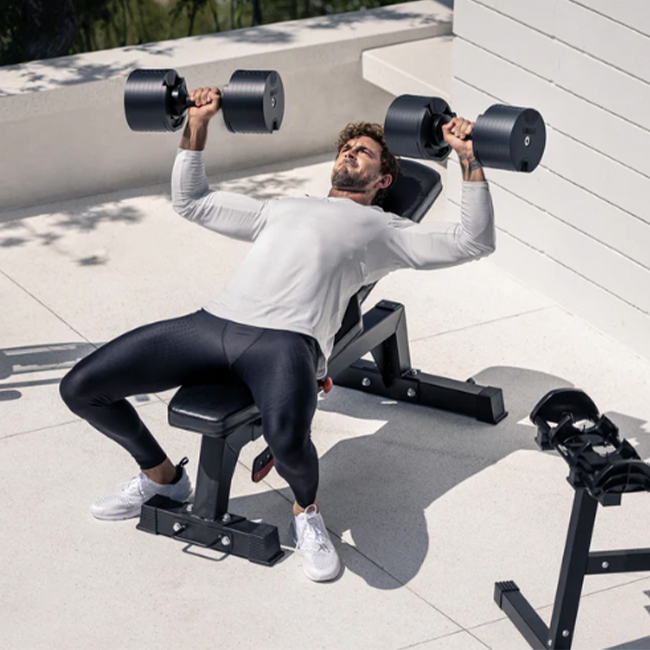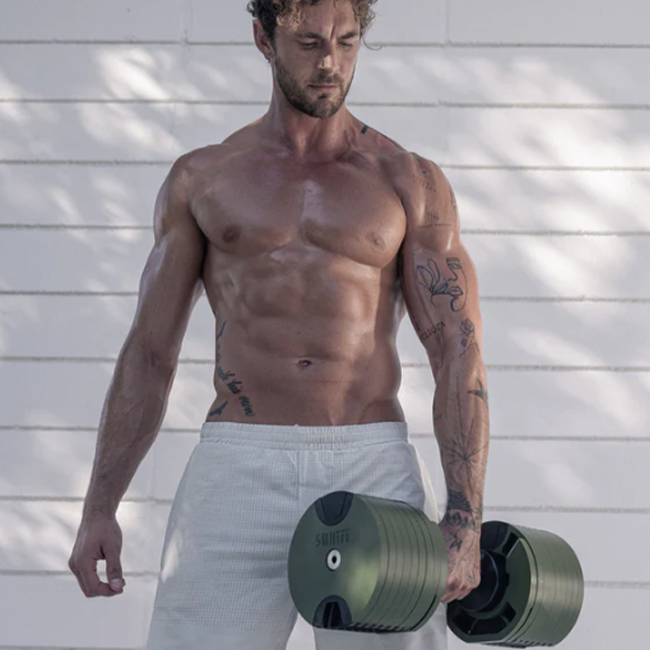by Dezi Abeyta, RD
During the summer, one of the first things to go is hydration. And when you’re under-recovered, you’re training is destined to be a struggle.
Here’s the thing: Too many treat thirst like a reaction. You feel it, so you chug a bottle. But if you’re already thirsty, you’re already behind. And if you're only drinking water? You're missing the point. Hydration isn't about panic sipping. It's about planning. And what you need is fluid plus electrolytes (sodium, potassium, and some carbs).

What Happens When You Sweat
You're not just sweating out water. You're losing sodium, potassium, and chloride—critical for muscle contractions, nerve signals, and keeping your internal engine running right.
If you replace only water, you risk diluting your blood sodium levels. That's called hyponatremia, and it's more common than people think, especially in endurance settings or long hot workouts.
But it all starts with water, so follow the American College of Sports Medicine has a basic framework:
1. 17 to 20 ounces of water 2 to 3 hours before exercise
2. 7 to 10 ounces every 10 to 20 minutes during activity
3. 20 to 24 ounces for every pound of body weight lost after training
Aim for half your body weight in ounces of water each day. So if you're 160 pounds, that's 80 ounces daily before training even enters the picture.

Natural Foods That Hydrate
But remember: this isn’t all about water. Twenty to 30 percent of your hydration should come from food, according to the European Food Safety Authority. Here's what works:
1. High-water fruits like watermelon, cucumbers, strawberries, and citrus
2. Potassium-rich foods like spinach, sweet potatoes, and avocados
3. Sodium-rich picks like pickles, olives, salted nuts, and broths
These foods are high in water and electrolytes, setting you up for performance without needing a packet or powder. It’s all about timing too. Before training, consume salt and fluid. This could be as simple as a few salted pretzels, salted dried fruit, or broth with breakfast.
After training, you need potassium, carbs, and fluids. Try watermelon with a pinch of sea salt, potatoes with added salt, or yogurt with fruit and honey. Then, throughout the day, keep fluid intake consistent. Think in hydration windows two to three hours before and after your session. That's where you want to be most intentional.
THE TLDR
This summer, don't wing your hydration. Build it like your training plan. Water. Food. Electrolytes. Timing. That's the formula for better performance and better recovery.
Let's build smarter hydration habits, one sip and one session at a time.


